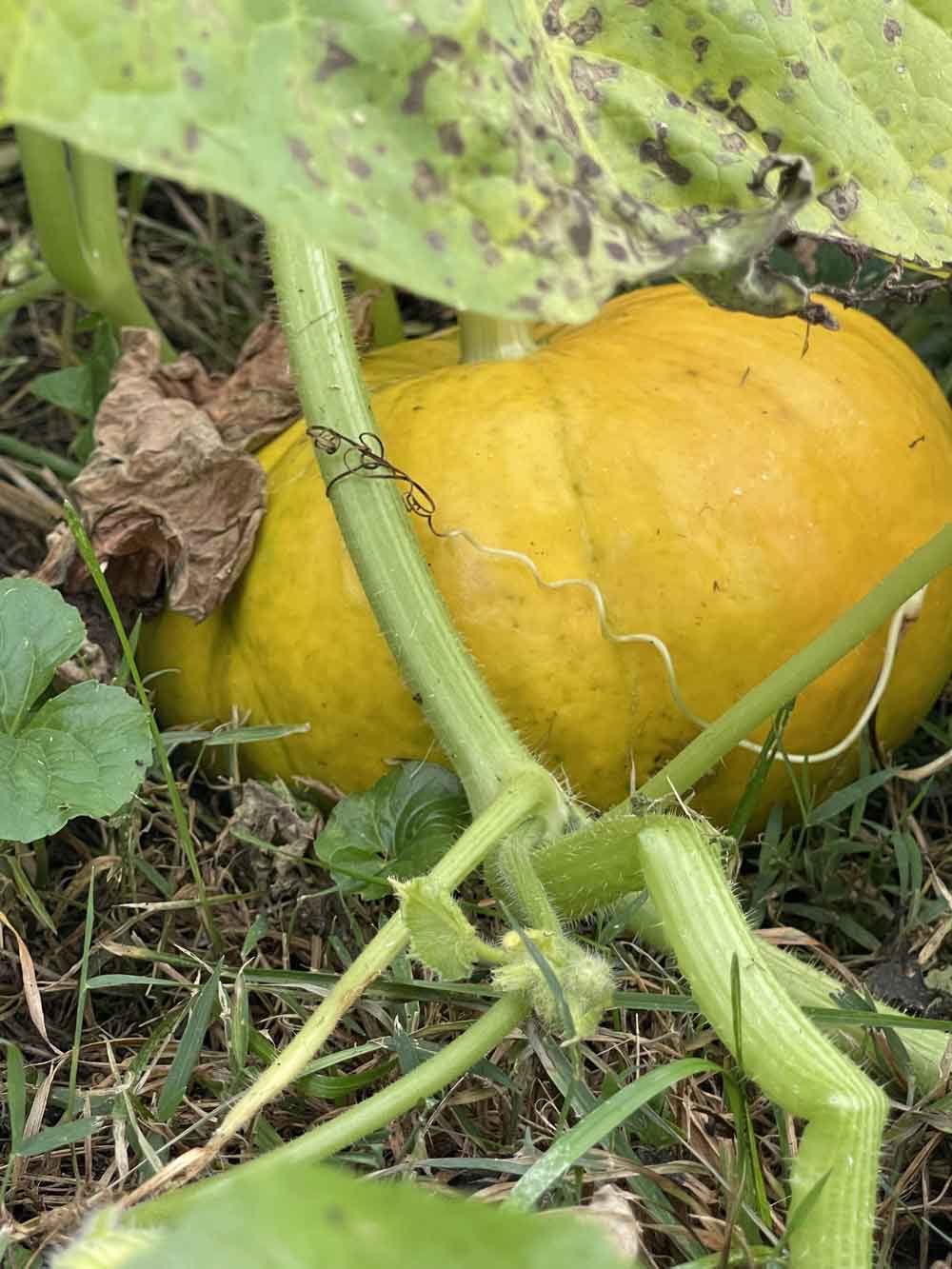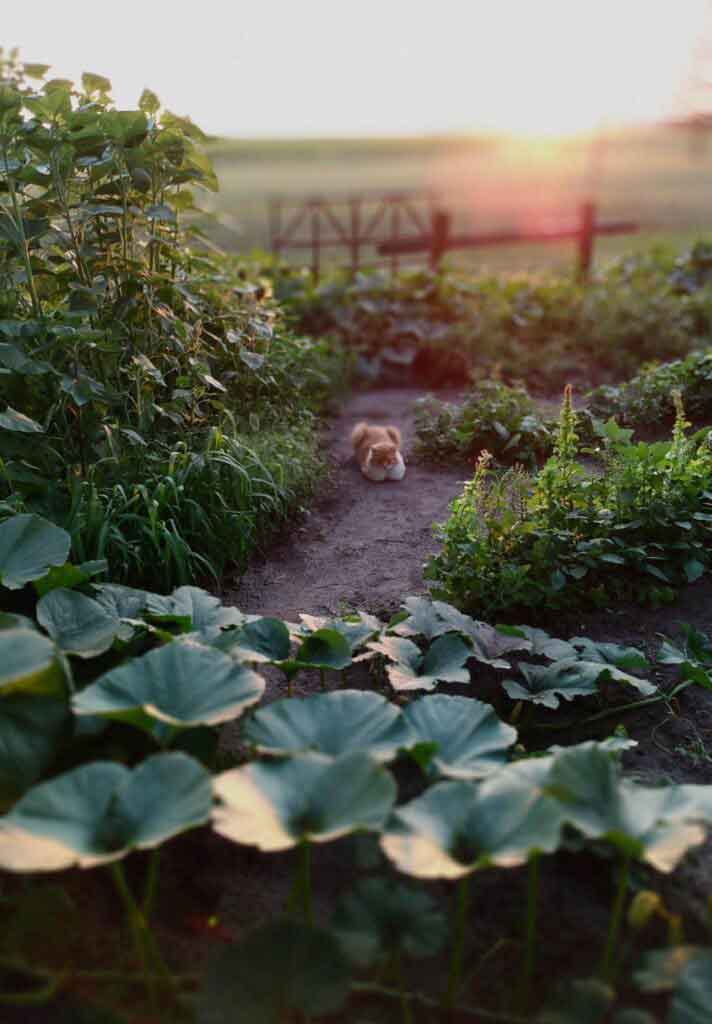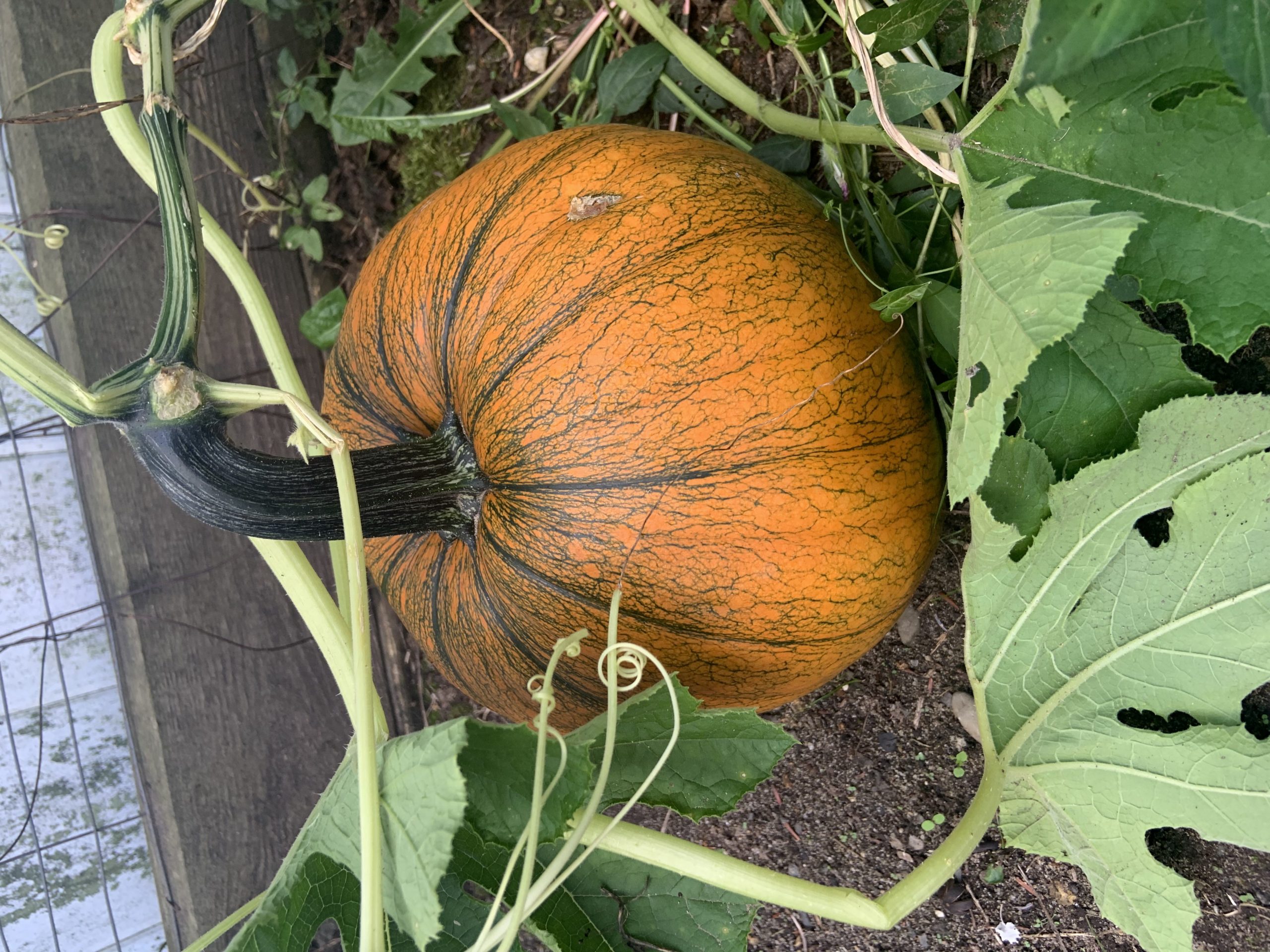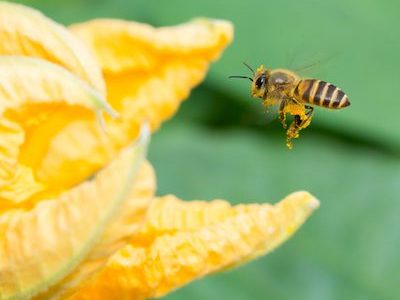About Pumpkins
Few common crops have such a long and storied history as the humble pumpkin! These orange gourds are part of family traditions, our favorite meals, and the cultural fabric of our nation. Though they originated in Central America, pumpkins are now grown on every continent except Antarctica. In the United States, Illinois takes the lead in pumpkin production, growing twice as many as any other state! When choosing which pumpkins you would like to grow, choose from the giant pumpkins, of which Atlanta Giant is the largest, the sweet pumpkins, carving pumpkins, or decorative pumpkins. We like to grow a bit from each category, making sure to plant early enough to harvest by October!
When to Plant Pumpkin Seeds
First, decide which types of pumpkins you would like to eventually harvest: carving pumpkins like Jack O Lantern, Howden’s Field or Connecticut Field, pumpkins for soup or pies like Spookie or Small Sugar, giant pumpkins like Atlantic Giant or Big Max, heirloom or “Cinderella” pumpkins like Fairytale, Musquee de Provence, or Rouge vif d’Etampes, miniature pumpkins like Jack Be Little or white pumpkins like Casper.
We suggest you directly sow pumpkin seeds into your garden bed. Plant your pumpkin seeds outside after all chances of frost have passed and the soil temperature is 65°F. Most pumpkin varieties take between 85 to 125 days to mature. If you would like to have pumpkins on October 1st, count backwards to decide when to plant.
Where to Plant Pumpkin Seeds
Pumpkins love the sunniest place you can find. A neutral pH balance soil is best. If you get a lot of rough weather, make sure that your plants stay protected from heavy wind and rain.
Even though pumpkins need a lot of room to grow, we always plant more pumpkin seeds than we think we may need to increase the chance of each vine setting fruit. Plan on needing a minimum of 30 square feet for each plant—this can be found on the edge of the garden where the vines can trail down, or in an unconventional spot in your yard that has ample space.
How to Plant Pumpkin Seeds
Plant pumpkins in early spring, or start seeds indoors two to four weeks before the last frost of spring if you live in a cold region. The warmer the soil, the faster the seeds will germinate, so mound the soil to help the sun heat it faster. Plant three to five pumpkin seeds in each mound about one inch deep. Once they germinate, thin to two of the healthiest sprouts.
Give your plants at least one to two inches of water per week, especially when they’re blooming and setting fruit. Watering should preferably be done through drip irrigation or ground-level soaking rather than from overhead. Pumpkins are 80 to 90% water, so they need a lot of it to grow. The secret is to only water pumpkins when they need it. If the plant looks healthy, there is no need to water daily. When the soil is dry and the plant looks limp, give it a long deep drink. Deep but infrequent watering results in a healthier plant.
How to Care for Pumpkins
Pumpkins are not self-pollinating, meaning they need to be hand pollinated or pollinated by insects like bees. If your female flowers are dying on the vine, they may not be pollinated by bees and insects. To manually pollinate your plants, locate the male and female flowers. Male flowers have long, straight, thin stems that reach high above the plant. Female flowers grow on much shorter stems that stay close to the vine and have a round section that appears similar to a small bulb directly below the flower on the stem.
Pollination must occur while the flowers are open, which only lasts for a few hours (so it must be timed properly). Remove the petals around the stamen from male flowers, then cut the stem off the plant. Holding the bloom with the stamen exposed, gently insert the stamen to the pistil of female flowers until they are covered in pollen. Once your pumpkin flowers are pollinated, the flowers will die off, allowing small pumpkins to grow from the female flower stems.
As your Pumpkins start to grow, separate the fruit from the ground with a piece of cardboard or a paper plate to prevent possible rot. Keep your pumpkin in the sun and remove any leaves that are shading the fruit.
How to Harvest Pumpkins
Before the frost, cut the stem with a sharp knife one to four inches long. If the stem is cut too short, the pumpkin will not store as long. Wear gloves as the vines will be prickly. Place the pumpkin in the sun for two weeks to harden the skin and help it to ripen properly. After two weeks, you can store them in a cool place for up to two to three months or use them for decorative purposes.








